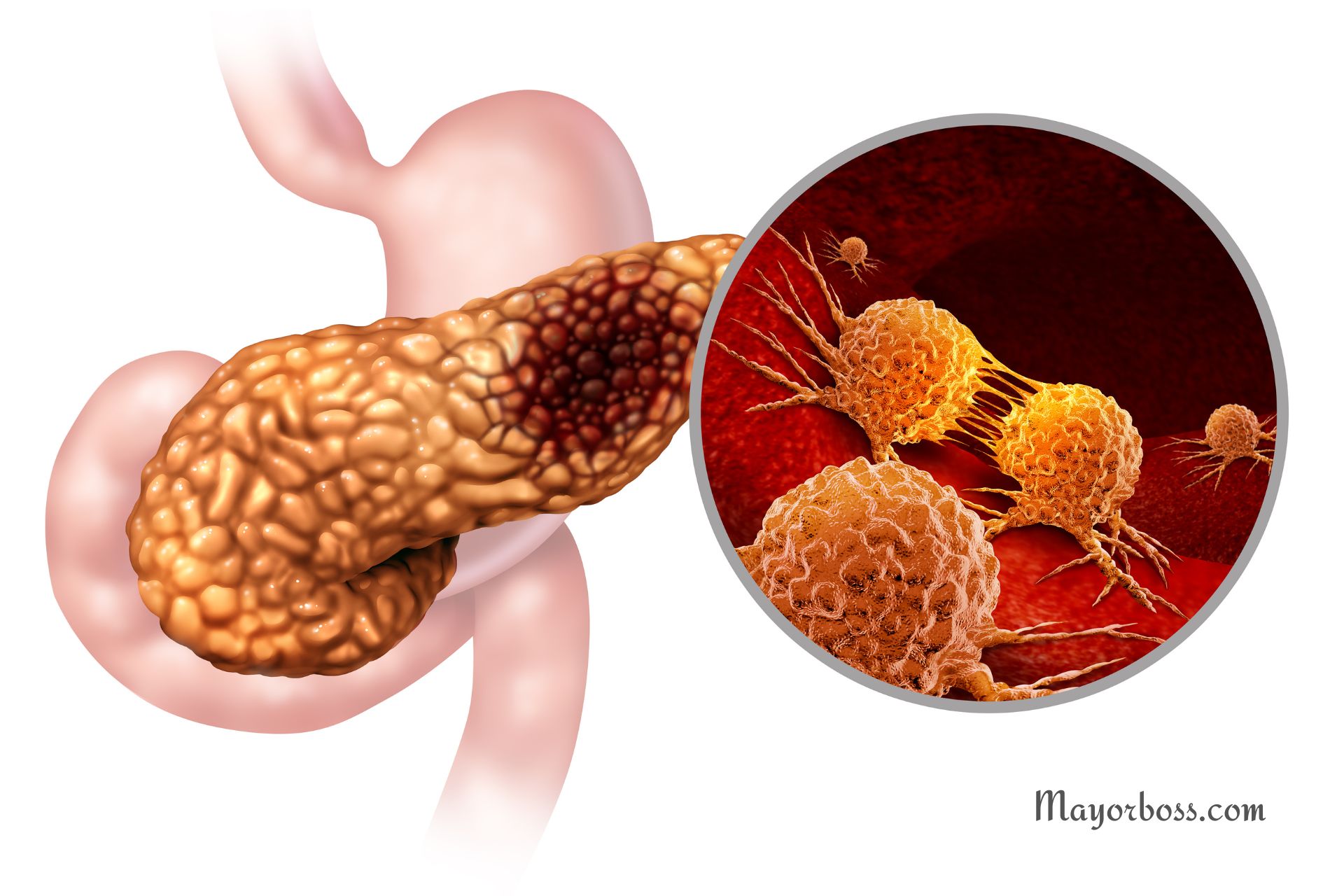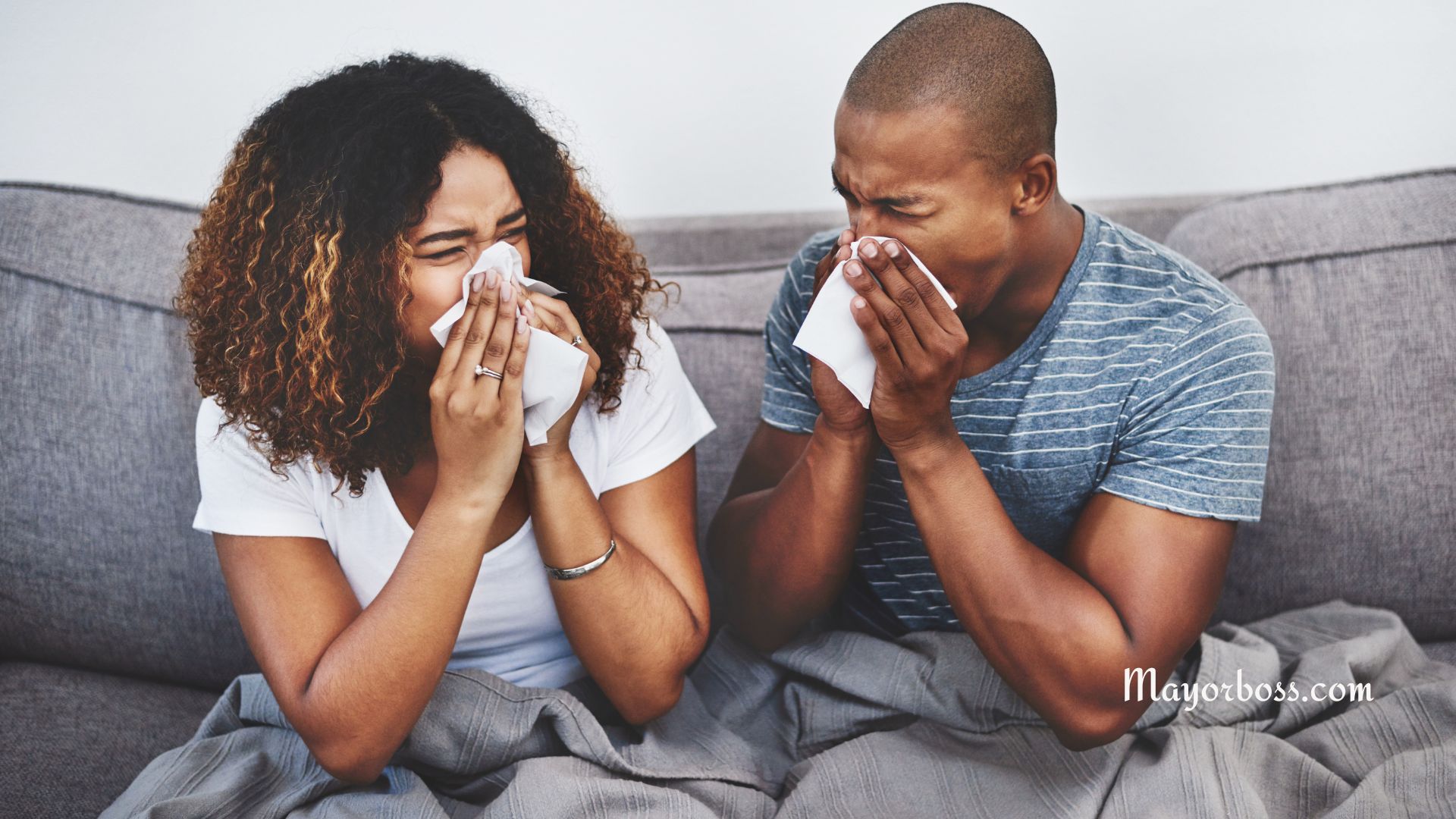What Causes Bacterial Vaginosis?
What causes bacterial vaginosis? Bacterial vaginosis (BV) is a common vaginal condition caused by an imbalance of good and bad bacteria in the vagina. It often occurs when beneficial bacteria levels decline, allowing harmful bacteria to flourish. Risk factors include sexual activity, douching, and hormonal changes, among others.

A Balancing Act: Good Bacteria vs. Bad Bacteria
Inside your vagina, there’s a delicate balance of good and bad bacteria. Normally, the good bacteria, often referred to as lactobacilli, keep everything in check. They produce substances that make it tough for harmful bacteria to thrive. However, when this balance tips, bacterial vaginosis can occur. So, what causes this imbalance?
Disturbance in the Vaginal Environment
Several factors can disrupt the vaginal environment. When you engage in sexual activity, especially with a new partner or multiple partners, you introduce new bacteria into the vaginal ecosystem. This can throw off the balance, allowing harmful bacteria to take over.
The Role of Douching
You might think douching cleans the vagina, but it actually does the opposite. Douching washes away the good bacteria, creating an ideal setting for harmful bacteria to multiply. Clinically proven studies show that women who douche frequently are more likely to develop bacterial vaginosis.
Hormonal Changes
Your hormone levels can also affect your vaginal health. Examples of times when hormone levels change include pregnancy, menstruation, and menopause. These fluctuations can sometimes result in bacterial vaginosis.
Lifestyle Choices and Other Risk Factors
Besides the factors mentioned above, certain lifestyle choices and circumstances can increase your risk.
Smoking
Yes, even smoking can have an impact on your vaginal health. Smokers are more likely to get bacterial vaginosis compared to non-smokers.
Use of Intrauterine Devices (IUDs)
Some women find that after getting an IUD, they experience episodes of bacterial vaginosis. While the connection isn’t fully understood, it’s another factor to consider.
Compromised Immune System
Having a weakened immune system makes it more difficult for your body to maintain the balance of good and bad bacteria. Therefore, if you have an immune-compromising condition, you’re at higher risk.
The Role of Antibiotics
Antibiotics are a double-edged sword. On one hand, they’re used to treat bacterial infections. On the other hand, they can kill off good bacteria as well, setting the stage for bacterial vaginosis to develop.
The Bottom Line
Bacterial vaginosis is primarily a result of an imbalance in the vaginal bacteria. It’s not just one thing that can cause this condition; rather, it’s often a combination of factors. Knowing what these factors are can help you take steps to maintain a healthy vaginal environment.
Frequently Asked Questions
What Are the Symptoms of Bacterial Vaginosis?
If you’re dealing with bacterial vaginosis, you might notice symptoms like a foul-smelling vaginal discharge, often described as fishy. Other common symptoms include itching, burning, and even pain during intercourse or urination. However, it’s also possible to have bacterial vaginosis and show no symptoms at all.
Can Men Get Bacterial Vaginosis?
Interestingly, bacterial vaginosis is a condition that primarily affects women. Men do not have the anatomical structure to develop this specific condition. However, men can carry the bacteria that cause BV and can transmit it to their female sexual partners.
How Is Bacterial Vaginosis Diagnosed?
To diagnose bacterial vaginosis, healthcare providers usually conduct a pelvic examination and take a sample of vaginal discharge for testing. Sometimes, they might also check the pH level of your vagina. These tests help to distinguish bacterial vaginosis from other conditions that have similar symptoms, such as yeast infections or sexually transmitted infections (STIs).
Is Bacterial Vaginosis a Sexually Transmitted Infection?
Although bacterial vaginosis can be associated with sexual activity, it’s not classified as a sexually transmitted infection (STI). Even women who have never had sexual intercourse can develop this condition. However, engaging in sexual activity with new or multiple partners can increase the risk of bacterial vaginosis.
How Is Bacterial Vaginosis Treated?
For treating bacterial vaginosis, antibiotics are the go-to option. Medications like metronidazole and clindamycin are often prescribed. It’s crucial to complete the entire course of medication, even if your symptoms disappear, to fully eradicate the harmful bacteria. Also, it’s advisable to avoid sexual activity until the treatment is complete to prevent complications.






